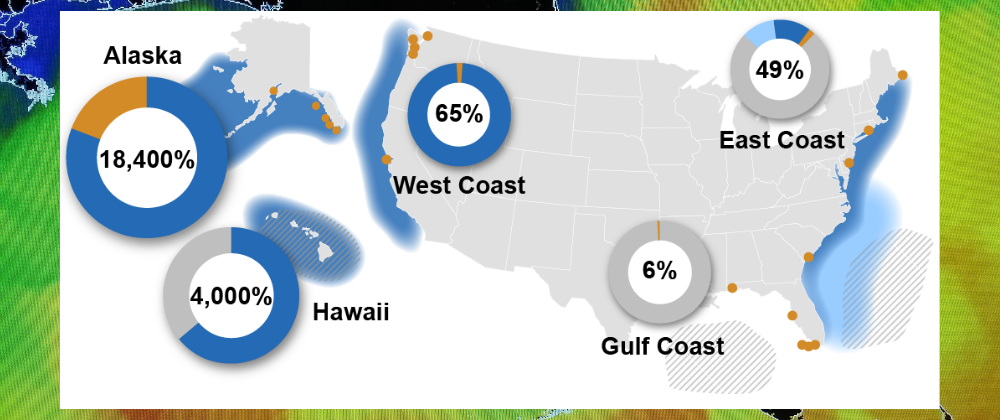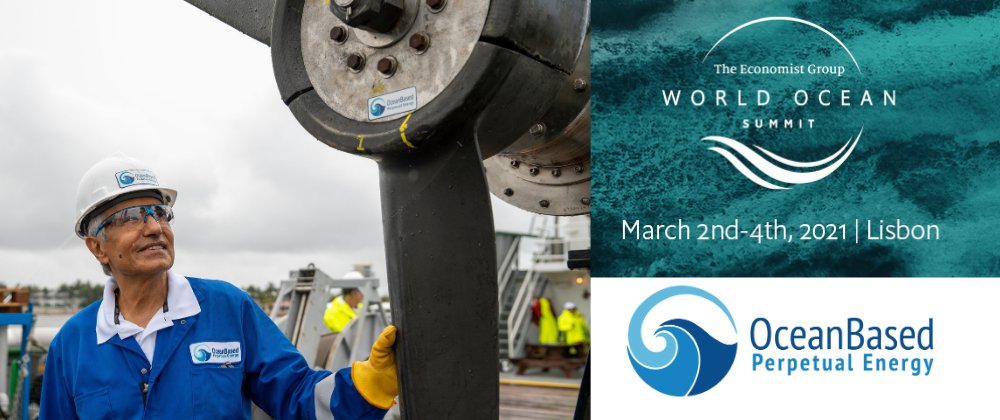As a follow-up to the recent U.S. Department of Energy and National Renewable Energy Laboratory report entitled “Marine Energy in the United States: An Overview of Opportunities,” the U.S. Government Accountability Office published a June 9, 2021 Science and Technology Report on “Renewable Ocean Energy.”
While the report does not cover new ocean energy technologies such as OceanBased Perpetual Energy, which harnesses the powerful Gulf Stream current off the coast of South Florida, it focuses on:
- Wave energy converters, which generate power from surface waves
- Tidal energy converters, which generate power from the movement of tidal currents
- Ocean thermal energy converters, which generate power from thermal differences between warm surface seawater and cold deep seawater
The report, GAO-21-533SP, explores a number of benefits from harnessing ocean energy, such as:
- Climate change mitigation. According to the International Energy Agency, globally, ocean energy could help mitigate the effects of climate change by reducing carbon emissions from fossil fuel-driven electricity generation by an estimated 500 million tons by 2050.
- Predictable and stable energy. Compared to other renewable energy sources, ocean energy provides more predictable and nearly continuous electrical generation. Ocean energy technologies could support and stabilize electrical grids that integrate other, more intermittent renewable energy sources, such as solar and wind.
- Offshore power. Ocean energy can provide locally sourced and reliable power to offshore industries, activities, and systems such as farming marine organisms, navigation, and deployed ocean sensors, which tend to rely on batteries that limit their range and usefulness.
- Support for coastal and rural island communities. Ocean energy could help meet the water and energy needs of rural coastal and island communities by providing locally sourced power for producing drinking water and reducing reliance on diesel generators, which are costly, emit carbon dioxide, and are vulnerable to supply disruption.
- Disaster Recovery. Ocean energy could aid natural disaster recovery in certain places by providing affected communities with a resilient source of energy. For example, ocean energy devices built in breakwaters could be protected during a disaster and thus able to provide those communities with desalinated water and electricity.
The GAO Ocean Energy report was issued by its Science, Technology Assessment, and Analytics team, which was launched a in January 2019 as part of the venerable agency’s expanding capacity. The team is focused on helping Congress understand and address critical trends that will profoundly affect the nation.



